Most entrepreneurs chase profits—Dylan and Henry chased fun. These two college friends ignored every rule in the business playbook, turning $40K in credit card debt into a viral content empire by doing the unthinkable: intentionally keeping their company unprofitable. While others obsessed over scaling, they poured every dollar into their passion, worked with A-list celebrities through sheer audacity, and proved that the best businesses are built on creativity, not just spreadsheets. Here’s how they did it—and why their “anti-profit” mindset might just be the future of entrepreneurship.
Dylan and Henry aren’t your typical entrepreneurs. They:
Built a $2M/year animation agency (Clipt) while operating at a loss on purpose
Generated over 1 billion YouTube views with their “Smart Nonsense” shorts
Worked with Will Smith, Naval Ravikant, Ali Abdaal, and the All-In Podcast
Scaled to 50+ animators while keeping their business intentionally unprofitable
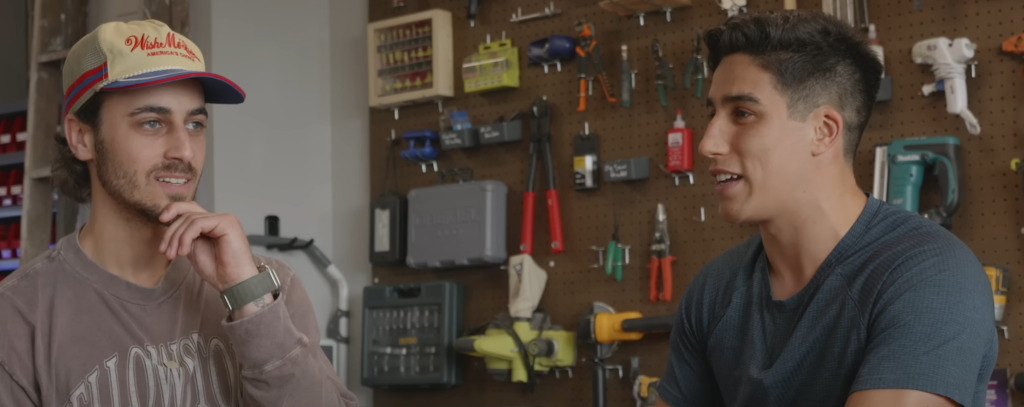
This is the full, uncut story of how two college friends went from:
- $40,000 in credit card debt → Working with A-list celebrities
- 14 podcast views → 1 million YouTube subscribers
- Unemployed during COVID → Running a content empire
We’ll cover:
- Their failed podcast that started it all
- The “squatter marketing” tactic that landed Will Smith
- Their $40K credit card nightmare
- The exact formula for 1 billion YouTube views
- Why they don’t care about profits
- Their insane work ethic (sleeping on floors to fund animators)
- The “South Park for nerds” content strategy
- Their future plans to build “the next Disney”
Let’s dive in.
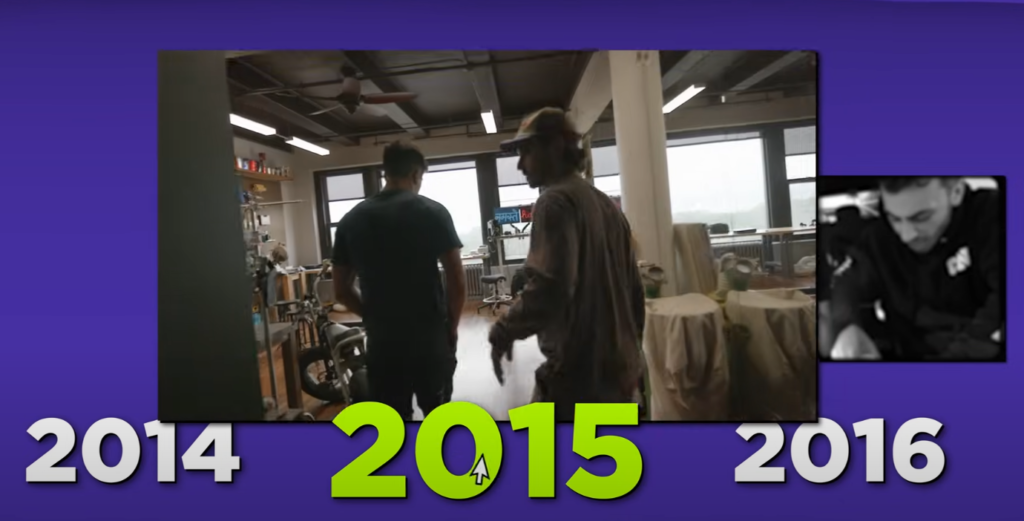
The Origin Story – From College Buddies to Broke Podcasters
How They Met (2015)
Met at a college accepted students day in 2015
Bonded over entrepreneurship while other students partied
Stayed close throughout college, constantly brainstorming business ideas
The Failed Podcast That Started It All (2020)
In 2020, they launched “Smart Nonsense”—a podcast where they discussed complex ideas in simple, fun ways.
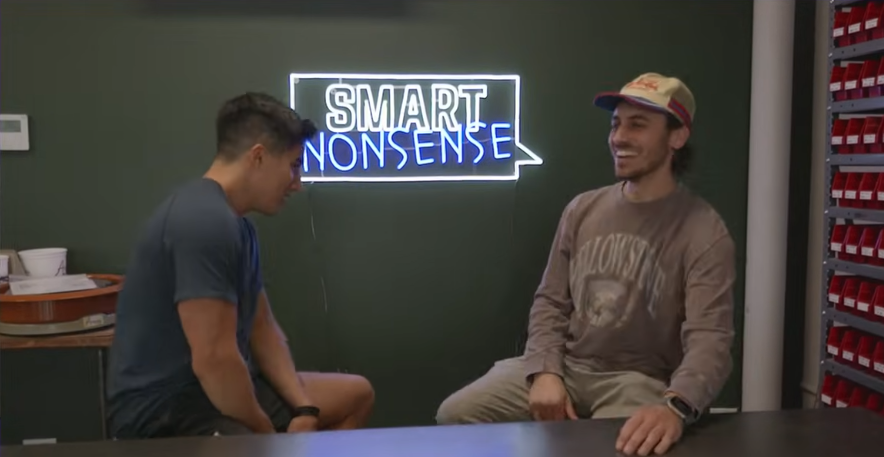
Expectation:
“We’ll have a million listeners in 6 months!”
Reality:
After 3 months, they had 14 total views
Blew through their COVID unemployment money
Maxed out Henry’s credit card ($40K in debt)
Were literally sleeping on floors to save money
“We were out of options. The podcast wasn’t working. We needed to make money—fast.”
The Birth of Clipt – How They Bluffed Their Way Into Working With A-Listers
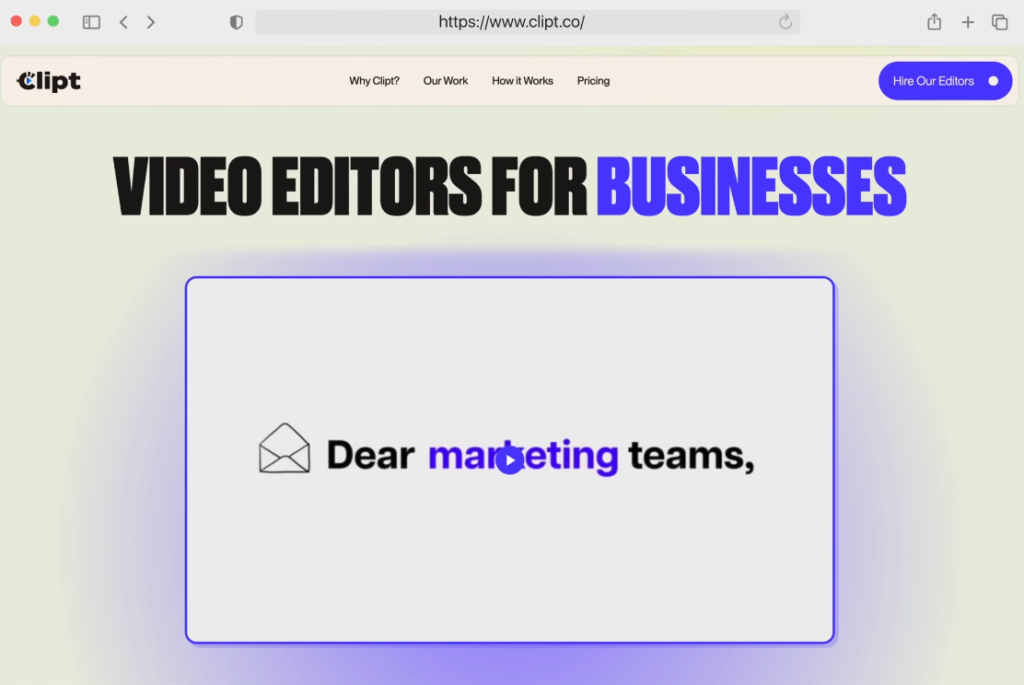
The “Squatter Marketing” Tactic
With no money, they faked it till they made it by:
Making free videos for big names (without being hired)
Posting them online—making it look like they worked together
Waiting for the clients to notice and (hopefully) pay them
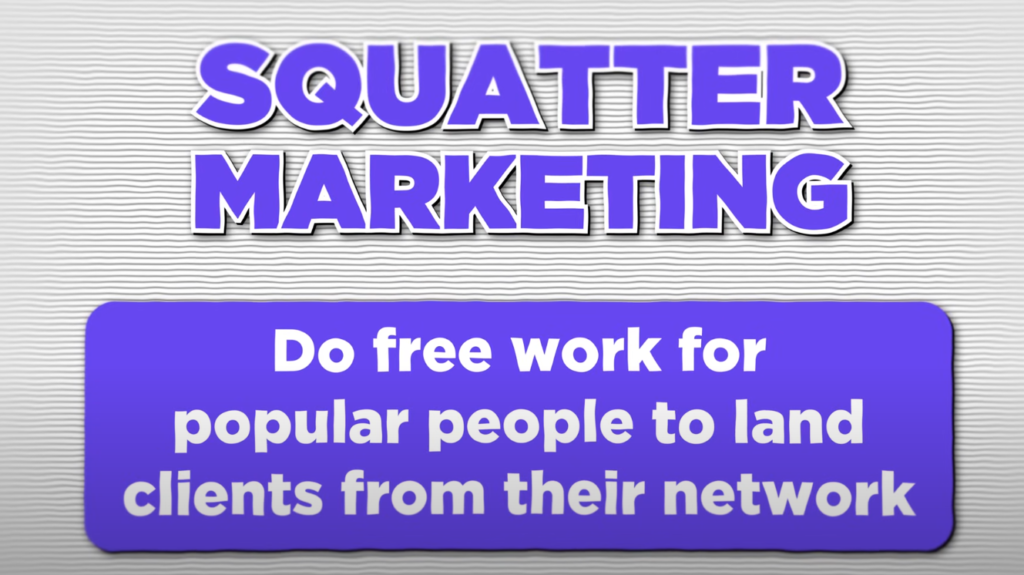
Their First Big Break: The All-In Podcast
Saw Sam Parr tweet: “Should we do video?”
Made a sample video for free and DM’d him: “We’re literally coming tomorrow to film you.”
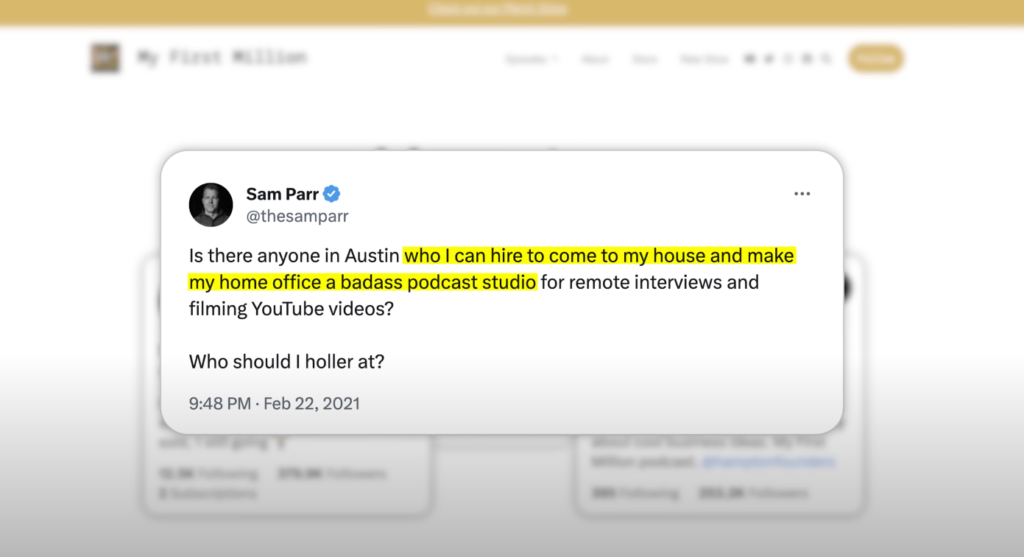
- Parr replied: “I don’t know what you want, but you’re hired.”

How They Landed Will Smith, Naval, and Ali Abdaal?
- Used the same “squatter” strategy
- Made unsolicited videos for them
- Posted them publicly → people assumed they were partners
- Eventually, the celebrities themselves reached out to work together
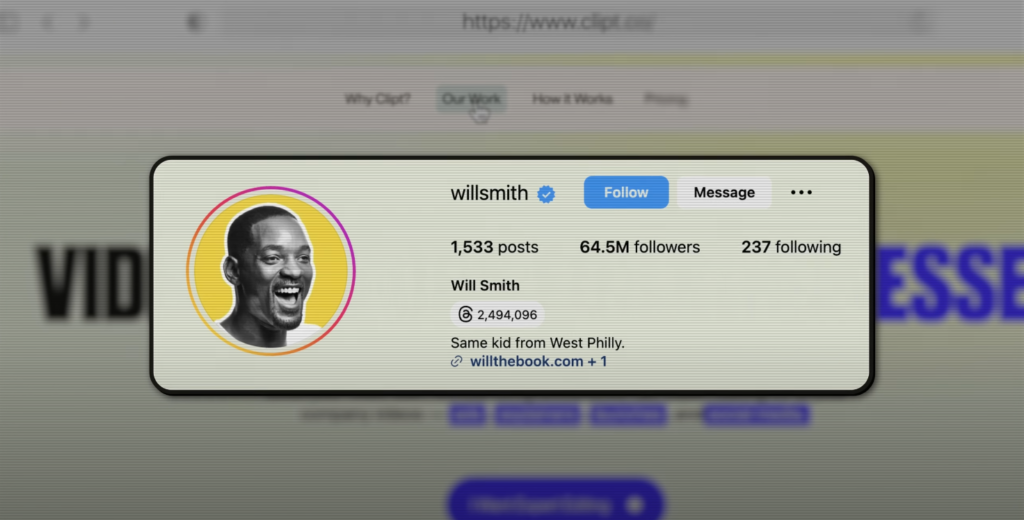
Turning This Into a $2M/Year Agency (Clipt.co)
They formalized this into Clipt—a service that:
Matches companies with elite animators (mostly in the Philippines)
Generates $2M/year in revenue
Funds their passion project: “Smart Nonsense” animated shorts
“We never wanted to run an agency. We just needed money to fund our dreams.”
The $40K Credit Card Nightmare – How They Almost Went Under
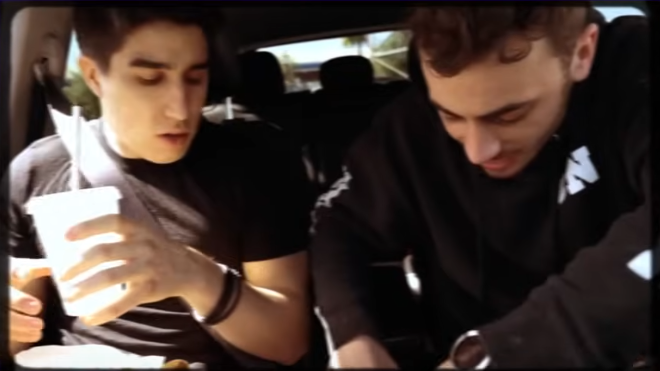
The Darkest Period
Had $40K in credit card debt
First client didn’t pay on time
Were literally calculating worst-case scenarios (“If we default, it’s just a 20% premium…”)
How They Survived?
- Doubled down on outbound sales
- Landed more clients through sheer hustle
- Slowly paid off the debt over months
“We just kept telling ourselves: One more client. One more sale. We can do this.”
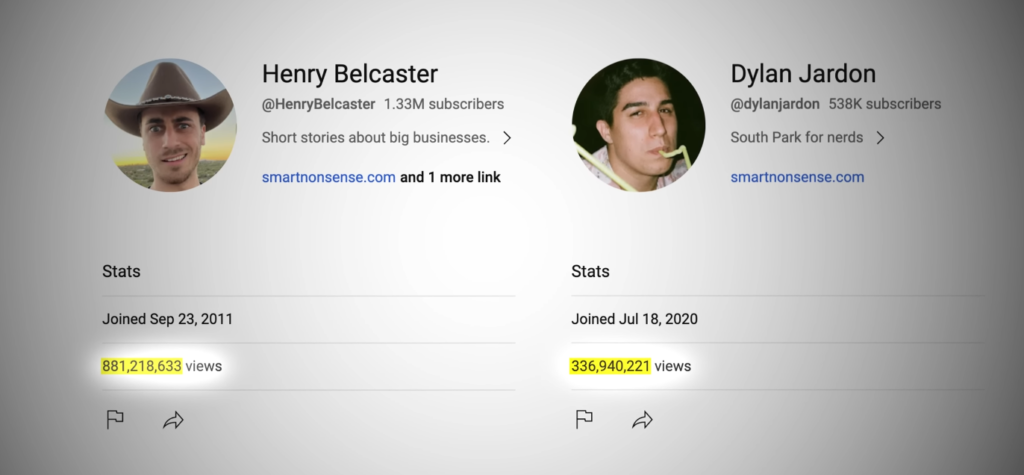
The Viral Content Machine – 1 Billion Views in 12 Months
The “South Park for Nerds” Formula
Their YouTube Shorts exploded because they:
Find wild stories (“How a Dog Became a Soviet Space Hero”)
Explain them simply (like a *60-second “book report”*)
Animate them like South Park (fast, funny, addictive)
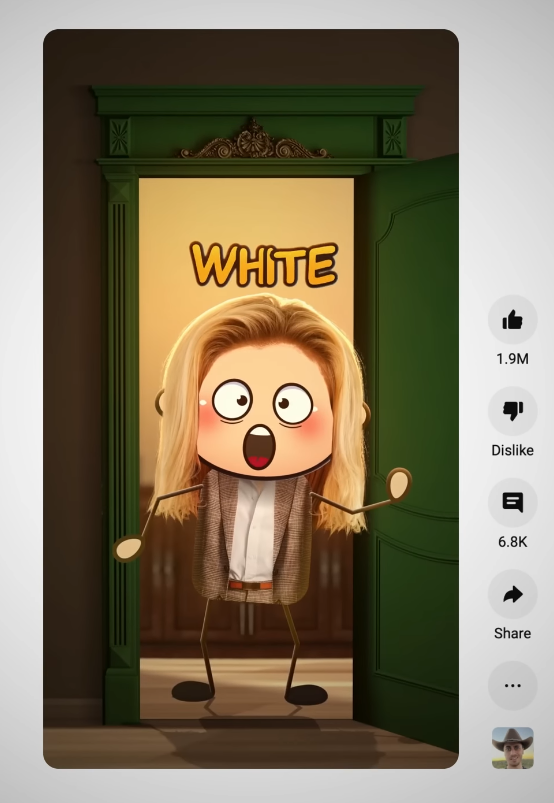
Why It Works:
Humans are wired for stories (cave paintings → TikTok)
YouTube Shorts = crack for attention spans
“You can’t stop watching a good story”
By the Numbers:
| Metric | Stat |
|---|---|
| Shorts Uploaded | 365 (1/day) |
| Total Views | 1B+ |
| Subscribers | 1M+ |
| Newsletter Subs | 20K (in 3 weeks) |
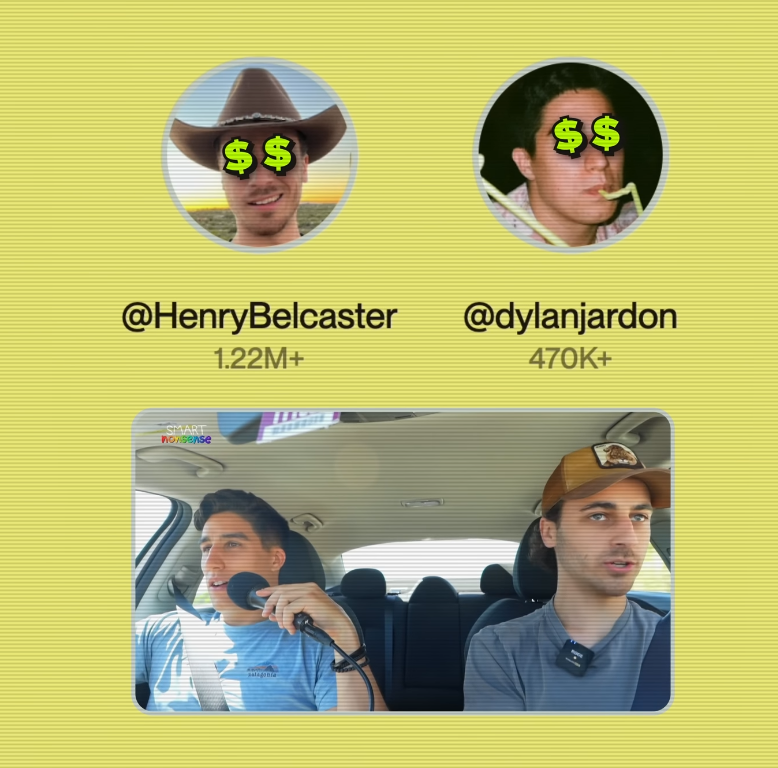
The Business Model That Shouldn’t Work (But Does)
The Mr. Beast Strategy
Agency profits → Fund content (not salaries)
$30K/month animator team (while Shorts earn just $5K/month)
The “Lifestyle First” Philosophy
“Optimize for happiness, not revenue.”
No 10-year plans—just “What’s fun today?”
Hire people better than you (their only rule)
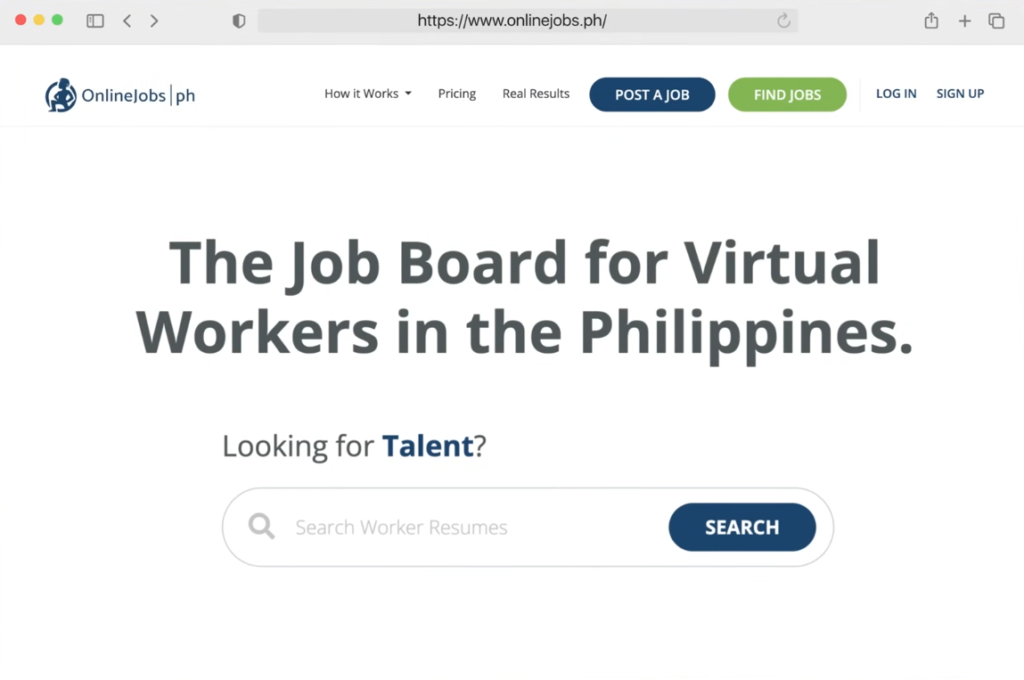
“Business shouldn’t be ‘suffer now, profit later.’ It should be fun now—and maybe profit later.”
The Future – Building “The Next Disney”
The Master Plan
Scale the newsletter (20K → 500K subs)
Launch animated series (long-form storytelling)
Monetize IP (merch, courses, licensing)
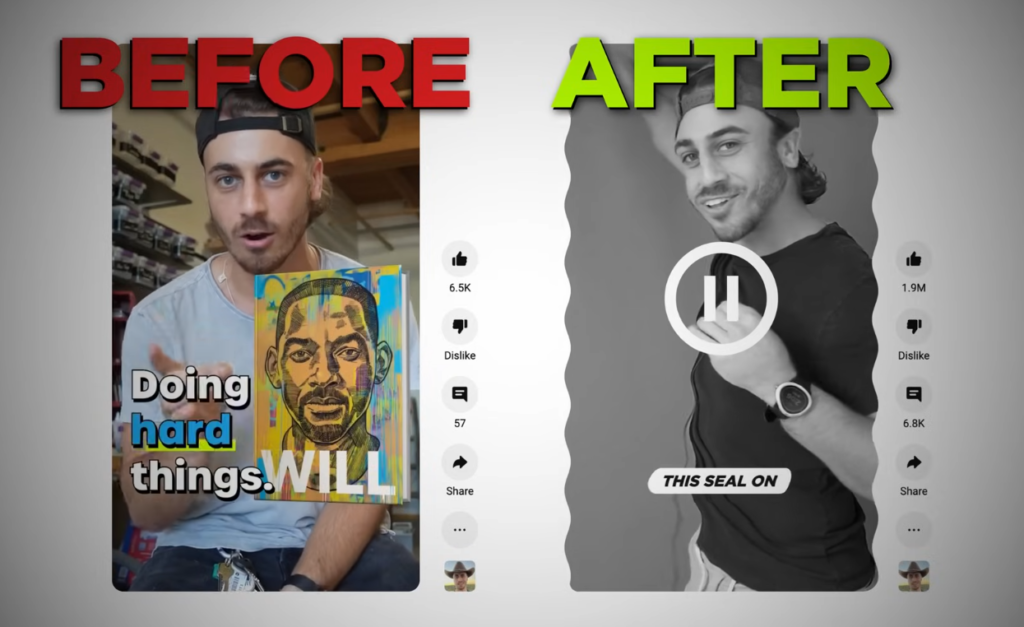
Their Unfiltered Advice for Founders
“Fake it till they make it.” (They landed Will Smith by making free videos for him first.)
“Profit is optional. Fun isn’t.” (They run a $2M agency at a loss to fund their passion.)
“Hire people better than you, then get out of their way.” *(Their 50-person animation team runs itself.)*
“If you’re not embarrassed by your first offer, you waited too long.” (They pitched Jason Calacanis with $0 revenue.)
“Debt is just a 20% premium on your dreams.” (They shrugged off $40K in credit card debt like it was a math problem.)


Leave a Reply